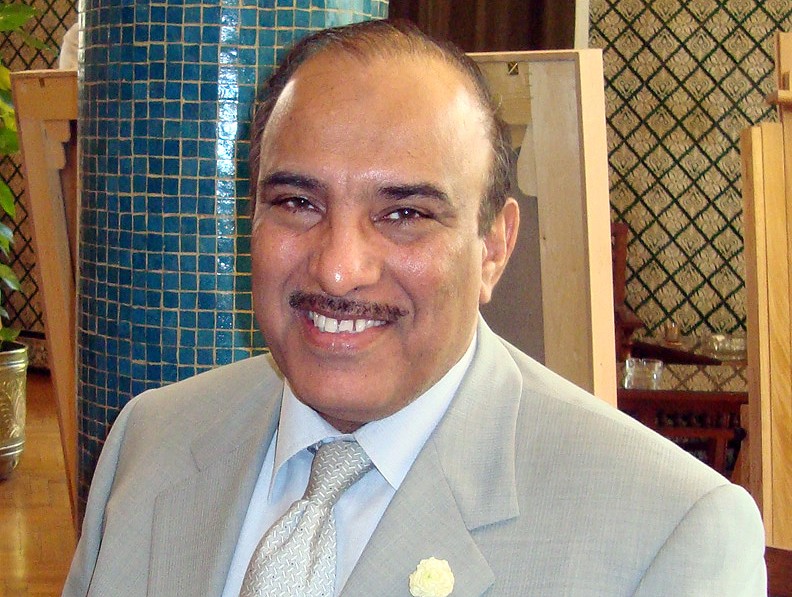18/08/2024
18/08/2024
KUWAIT CITY, Aug 18: As summer brings its intense sun, awareness campaigns about the dangers of excessive sun exposure are intensifying. These campaigns emphasize the need to protect against harmful sun rays to prevent painful sunburns and reduce the risk of skin cancer, which can result from DNA changes caused by ultraviolet (UV) radiation.

Dr. Khaled Al-Saleh, Head of the Kuwaiti Cancer Awareness Campaign (CAN), underscores the pivotal role of public education in detecting cancer early. “Raising health literacy is crucial for identifying risk factors and recognizing early symptoms, which significantly boosts the chances of successful treatment,” he told. Globally, skin cancer is on the rise, accounting for at least 40 percent of all cancer cases, particularly among those with lighter skin. Non-melanoma skin cancers, such as basal cell carcinoma and squamous cell carcinoma, are the most common, with 2-3 million new cases reported annually.
In Kuwait, however, skin cancer rates are relatively low. According to 2020 World Health Organization statistics, skin cancer deaths represented just 0.37 percent of total cancer deaths. Despite these low figures, Dr. Al-Saleh stresses the importance of continued awareness and early intervention to prevent future fatalities. Skin cancer arises from abnormal cell proliferation in the skin, often triggered by frequent UV exposure. Skin cells normally reproduce in a regulated manner, but damage to DNA from UV rays can disrupt this process, leading to uncontrolled cell growth and cancer.
Dr. Al-Saleh explained that skin cancer can develop in sun-exposed areas or, less commonly, in areas not frequently exposed to sunlight, especially in individuals with darker skin. Skin cancer is classified based on the cells affected as Basal Cell Carcinoma (BCC): The most common and least severe form of skin cancer, usually appearing as a small, pearl-like bump Squamous Cell Carcinoma (SCC): Often presents as a red, scaly patch or sore that doesn’t heal.
Melanoma: The most aggressive type, characterized by changes in existing moles or the appearance of new, unusual growths. It is known for its rapid spread and is the most dangerous form of skin cancer. Signs of skin cancer can include a persistent, non-healing sore; a pearly or waxy bump on sun-exposed areas; red, irritated patches on the skin; changes in the color, size, or shape of moles; new, unusual growths on the skin and hard, raised nodules or sores that don’t heal.
The risk factors for skin cancer include fair skin, which offers less protection from UV rays; previous sunburns and excessive tanning; increased sun exposure, particularly in childhood and adolescence and weakened immune systems, such as those affected by leukemia or taking immunosuppressive drugs Melanoma often emerges as a change in existing moles or as new, atypical growths. Normal moles are generally uniform in color and shape, while melanomas may show irregular edges, asymmetrical color, and rapid growth. Anyone noticing these changes should consult a dermatologist promptly.
To reduce the risk of skin cancer, Dr. Al-Saleh recommends:
? Limiting sun exposure: Avoid prolonged sun exposure, especially during peak hours.
? Protective clothing: Wear protective clothing, including wide-brimmed hats and long-sleeved garments, and use sunglasses.
? Sunscreen: Apply broad-spectrum sunscreen with an SPF of 30 or higher. Reapply every two hours and after swimming or sweating.
? Avoid tanning: Stay away from tanning beds.
? Regular check-ups: See a dermatologist for any new or changing spots on the skin. Raising awareness and adopting preventive measures are essential steps in reducing skin cancer risks and improving early detection and treatment outcomes.


